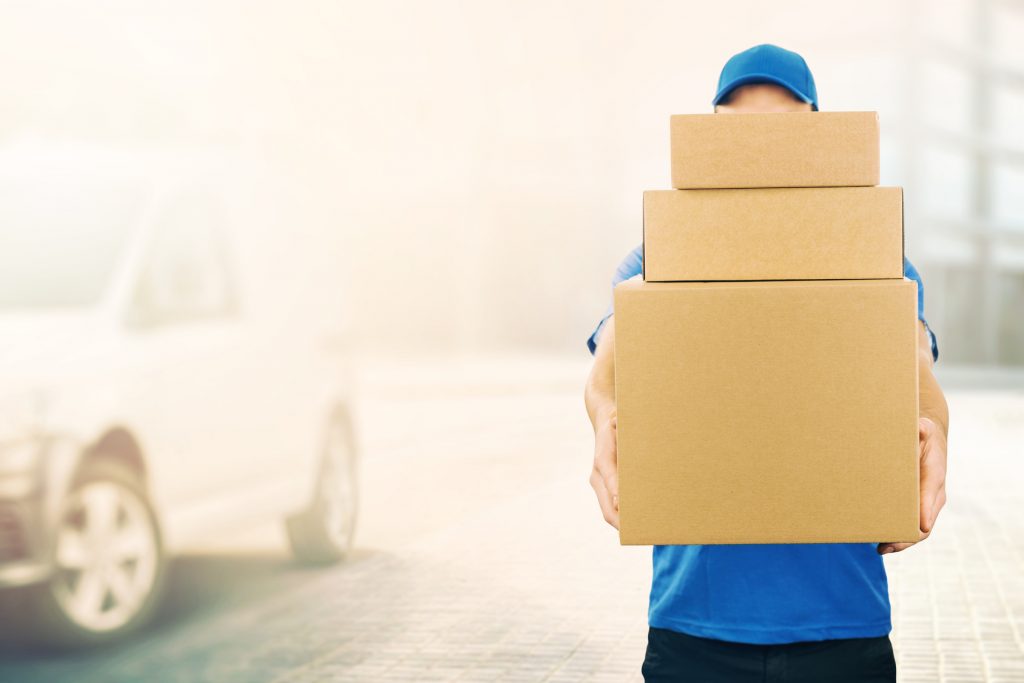
From the convenience of pick-up locations to the efficiency of delivery vehicles, technological advancements could lead the way for shipping and delivery in the future. Walmart's expansion of their same-day drone delivery service, now serving over 4 million customers, is a promising example of this. We can't wait to see who and what will be next to embrace these advances.
The endless possibilities of the future of Courier Services fills us with excitement and hope - the cliché of all clichés, but what does that truly imply for us?
It implies progress and innovation. From pick-up points to delivery vehicles, technological improvements could be at the forefront of shipping and delivery moving forward.
Smart lockers, which streamline the delivery process for drivers and provide automated notifications and alerts for customers, could become more common. Companies can also utilize technology to improve route development and supply chain automation, leading to more efficient delivery times and white glove services.
Delivery drones and robots are also being developed to increase delivery speed and create contactless options. Self-driving vehicles, which also offer contactless delivery and decreased costs, are also being tested by companies such as Amazon and Tesla.
As package shipping continues to grow, it is important for parcel delivery to keep up with technological advancements in order to overcome challenges and meet customer demands to grow, it is important for parcel delivery to continue to explore and adopt new technologies in order to overcome challenges and meet customer demands.
I was passionately discussing with one of our esteemed clients, who recently decided to trust in and utilize our EMA Courier System, about how Walmart, Amazon and other renowned international courier companies have embraced and integrated innovative technology. He lamented to me, "Unfortunately, that kind of advancement is not feasible in Africa. The way they conduct business in Tanzania is quite distinct." Our conversation ultimately ended with the determination that EMA Courier System could serve as a stepping stone to bring such progress to the region.
The EMA Courier System has the potential to revolutionize the way that people think about courier services in Africa. Drawing inspiration from successful global players like DHL, a German corporation known for its diverse range of logistics and delivery services including express delivery and warehousing, which has a strong presence in various African countries including South Africa, Egypt, Morocco, Tanzania, and Ghana. They even offer tailored services to suit the unique needs of each individual country. Their advanced technology is truly impressive.
In addition to DHL, FedEx and UPS also have a significant presence on the continent, offering a wide range of courier and logistics options including express delivery and freight transport. However, local and regional courier companies, while not as widespread as the global corporations, often provide more personalized services to meet the specific needs of the region.
These global giants have the resources and financial power to invest in cutting-edge technology, but I often wonder if local courier companies in Tanzania can afford to do the same. That's why we created the EMA Courier System to serve small and medium-sized enterprises. I strongly believe that our humble beginnings have the potential to help scale courier companies in Africa into giants. Remember, every giant was once a small company. A recent trend in the African courier industry is the rise of e-commerce. As internet access expands and more people in Africa turn to online shopping, the need for dependable and efficient courier services to bring packages to their homes and businesses has grown exponentially. This trend has given rise to new companies specializing in e-commerce delivery and fulfillment.
EMA Courier Software includes the following modules:
In conclusion, the staggering volume of parcels reached a staggering 21.5 billion in 2021, a heartbreaking increase of 6%. As the demand for parcel shipping continues to skyrocket, the pressure for parcel delivery to keep up is palpable. Technology may be the key to revolutionizing the industry in the coming years, streamlining processes and optimizing efficiency. However, the future of courier business and parcel shipping and delivery must prioritize cost-effectiveness, speed, efficiency, and contactless options. The ultimate question is, will Africa have a place in this promising, yet uncertain future?